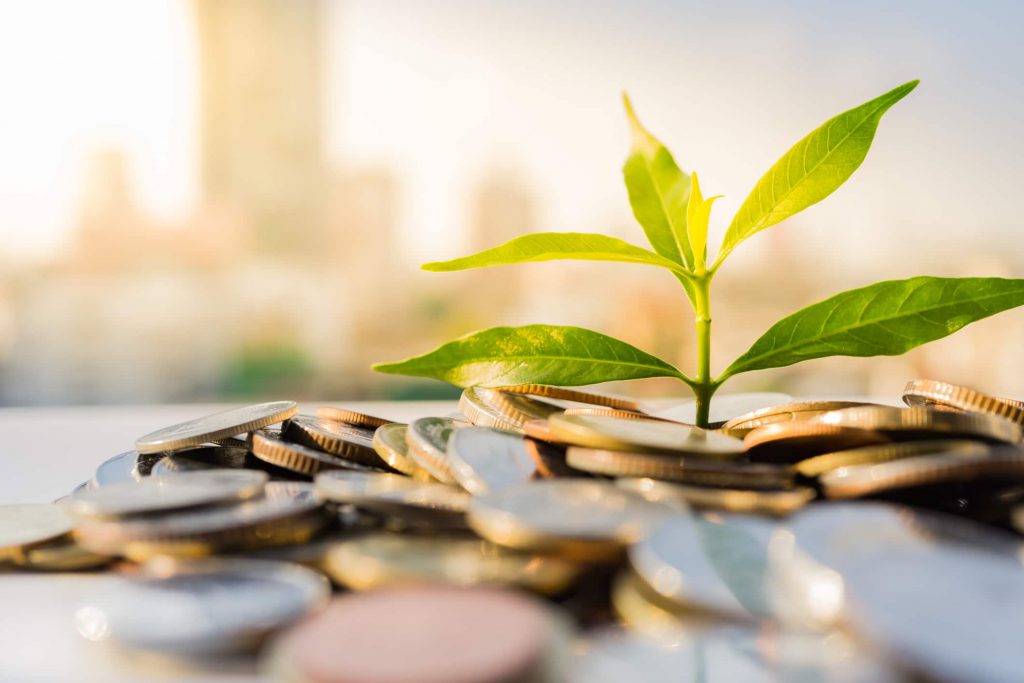Note: It was announced in November 2023 that MoneyOwl will be acquired by Temasek Trust to serve communities under a re-purposed model, and will move away from direct sale of financial products. The article is retained with original information relevant as at the date of the article only, and any mention of products or promotions is retained for reference purposes only.
______________
The 24th and 25th days of March 2020 were two rare consecutive “green” days for the US markets since the COVID-19 sell-off began almost a month ago. From a low point of over -30% from the peak, the S&P500 was up a huge 9.4% on the first green day the expectation of the US Congress agreeing on a stimulus package and then went up another 1.15% the day after as the $2 trillion deal took shape. (It actually went higher intra-day but the report that Bernie Sanders might delay the bill for the stimulus package was a dampener.)
As we seek to make sense of the markets, it may be useful to understand the context and framework of the slew of announcements from governments coming out in the news. In a nutshell, the amount of government money has been committed to support populations, economies and markets is massive and unprecedented, both in scale and in scope.
Here is how they work, in gist.
Let’s start with Central Banks. Central Banks are acting as the lender of last resort, signalling unlimited lending cash to provide liquidity, against an expanded suite of collateral including, for the Fed, municipal bonds and corporate bonds. They are also buying actual assets – US Fed has unlimited Quantitative Easing (QE) for Treasuries, Mortgage-Backed Securities, and corporate bonds and even bond ETFs, ECB is also purchasing even SME loans. Think of this like a giant pawnshop that also buys for itself, lending against or buying not just gold and jade but also chairs and tables!
Central Banks can act fast and have done so – they print money and don’t need to ask for parliamentary or congressional approval. It is not an authority to be used too lightly; the fear always is the over-easy monetisation of debt, allowing Governments to borrow irresponsibly and spend beyond their means by printing money to buy that debt. What can happen is a collapse in the credibility of the currencies and even hyperinflation. This happened in Germany in the 1920s and contributed to the rise of Nazism, hence the Germans’ institutionalised allergy to fiscal profligacy. But today, inflation is the furthest worry; it is deflation that needs combating. That is why even the German government has agreed today to back the ECB’s asset buying programme.
Where Central Banks have authority as bank regulators, you can also expect “regulatory forbearance” measures with regard to bank loans to companies or individuals that have difficulty paying loan instalments or interest at this time.
The other major player is Government finance ministries or Treasury departments. Central Bank action alone, while necessary, is often insufficient in cases of a demand shock because they work mainly through the banking and financial systems. When banks and investors remain fearful of lending, or there is no demand, we see a collapse of the money multiplier (the effect of bank lending to your company who uses part of earnings created from this capital, to pay wages to employees and invoices of suppliers, which are then spent by employees in the economy with other companies who then pay their workers and suppliers, and so on). So you need a lot of liquidity and QE in order to move economies just by a bit. That is why Governments need to put in fiscal stimulus as well, out of “real world” tax income (not printed money). These include loans to businesses, providing for healthcare, money for families affected by lockdowns, tax reliefs and so on. Around the world, Governments have put in millions, billions or trillions.
Fiscal action often takes more time, because elected representative bodies and therefore politics are often involved. In 2008, the US Treasury’s Troubled Asset Relief Program (TARP) to buy bad assets off banks was not approved when first put before the House. The current US stimulus bill for $2 trillion also took some time before agreement was struck today, as Democrats argued for more for individuals and employees, while Republicans focussed on companies. But comparatively speaking, the action is bolder and the journey, thus far, faster than in 2008. And there is more to come. Again, using Germany as our barometer, the country is seeking to defy its own hallowed balanced budget policy to borrow more than half its normal spending to fund social benefits and aid companies.
So, what does this mean for markets? The link is not direct in terms of timing. These things take some time to work through. Often, the market behaves like a petulant, sensitive and unpredictable kid when faced with the unknown. This is especially true of a Bear market. It wants everything now, as though fiscal, economic and national health policies should all serve stock prices. When we get it, it says whatever is there probably isn’t good enough, or there must be something wrong because there seems to be too much, or something bad is going to happen next as a result. Yet, just as unpredictably, this kid can suddenly turn around and be as happy as sunshine, even if the worst doesn’t seem to be over yet. And we have absolutely no idea when this would be!
What, then, can we do as investors, when everything is so volatile? If I may borrow management guru Jim Collins’ insight about making good companies great – let’s confront the brutal facts, yet never lose faith. Yes, China seems to be recovering. If a cure or vaccine is found, it could change the rules of the game quickly. But the brutal facts in the short term, especially for the developed economies, are that the economic consequences are going to be ugly and we have no certainty when the virus situation would be contained. As a Singapore minister put it, flattening the infection curve, through such measures as social distancing, lockdowns and other physical restrictions, also steepens the economic impact curve, as it causes companies to lose customers and workers to lose jobs. There are also technical market factors – there have been reports that big sovereign wealth funds have bailed out of risk parity hedge funds whose strategies don’t work in such environments. This can have a vicious cycle effect as assets get sold down, especially as hedge funds are highly leveraged. If true, we do not know how much more selling there is to do.
So on what do we anchor our faith? Firstly, on data and evidence. We never know when it would bottom, though we know from history that the stock markets always bottom before the “real” data improves, be it credit markets versus high yield bond defaults, or bank stocks versus bank losses and so on. More importantly, we know that through big and small crises over the last 100 years, the stock market always recovers and goes up over the long term. And there is a high chance it will recover strongly, when it does. Because earnings will come back as demand comes back, and ultimately demand is driven by global population growth. Some companies will die but others will thrive, and a globally diversified investor will effectively buy them all (we have more than 8000 in our MoneyOwl portfolios!). This is the evidence-based premise of MoneyOwl’s investing philosophy.
Some have said that this time is different, because it feels like war. Yes, it definitely feels bad, not least because investors are affected in their own daily lives beyond their investment portfolio. And some of the emergency measures, panic buying, shortage of toilet paper and so on, are indeed reminiscent of war times. A US Senator said the stimulus was a “wartime level” of investment. But guess what? In this war, every single Central Bank, every single government is on the same side, alongside every business and every household, every school and every parent. Every. Single. One. And everyone will do whatever it takes to win this war.
So we keep the faith amidst the brutal facts in the short term, because the faith in our long-term destiny is ultimately our faith in humanity’s ability to overcome, as we have done in the past. Once again, our economies will grow on the back of human innovation, industry and our collective and relentless pursuit of a better life. Together, or probably preceding this, the stock market will go up again. We do not know exactly how long the pain would last or when the upturn would come, but come it definitely will!
This article first appeared as a post on the author’s Facebook account.




